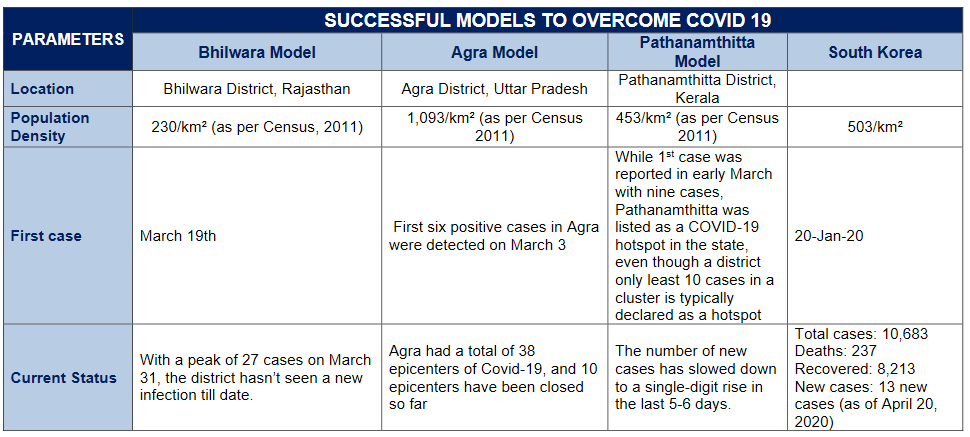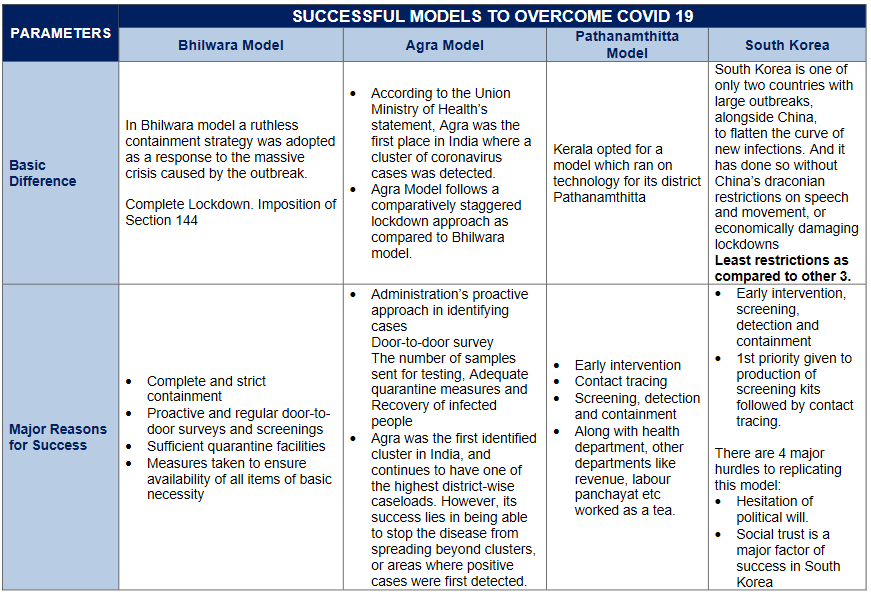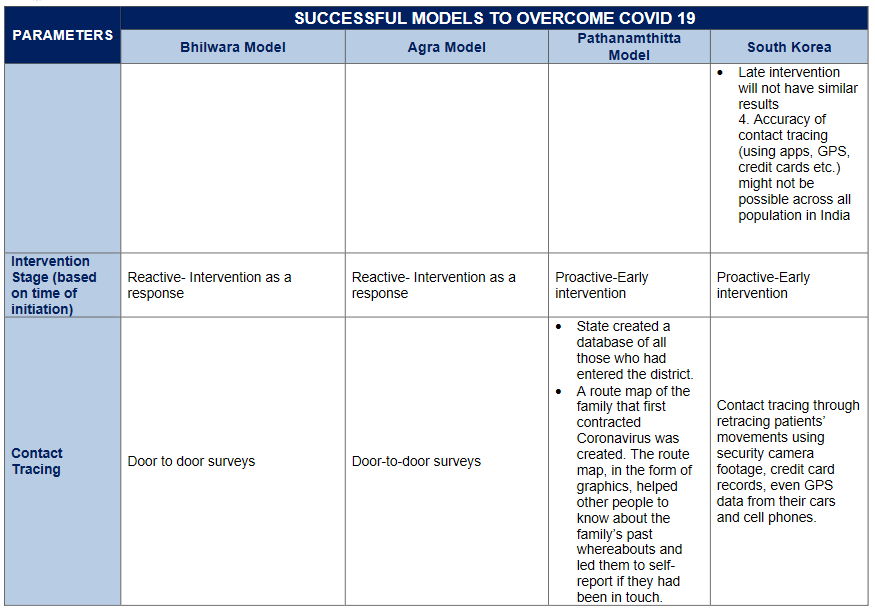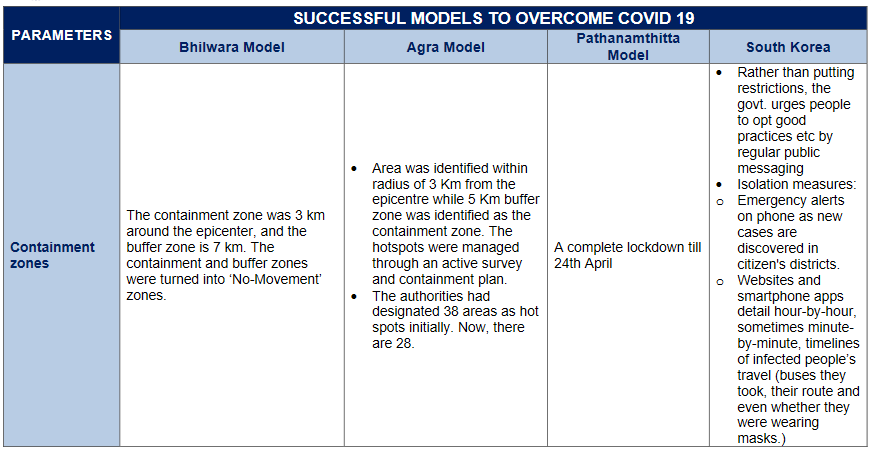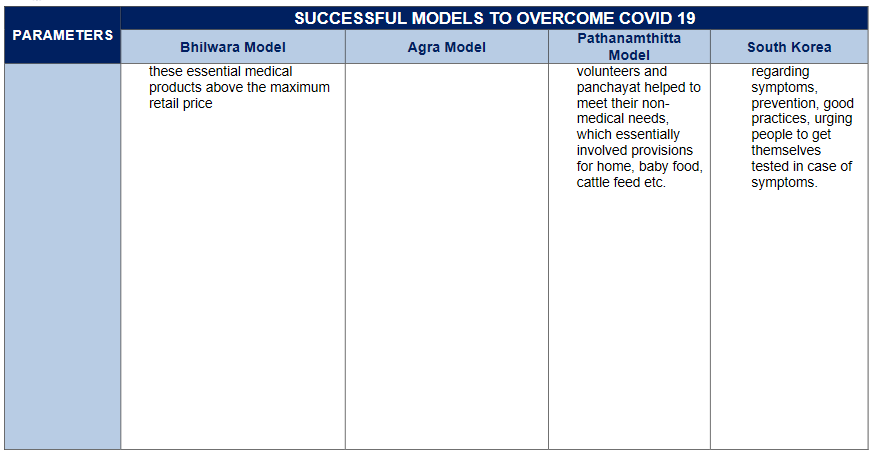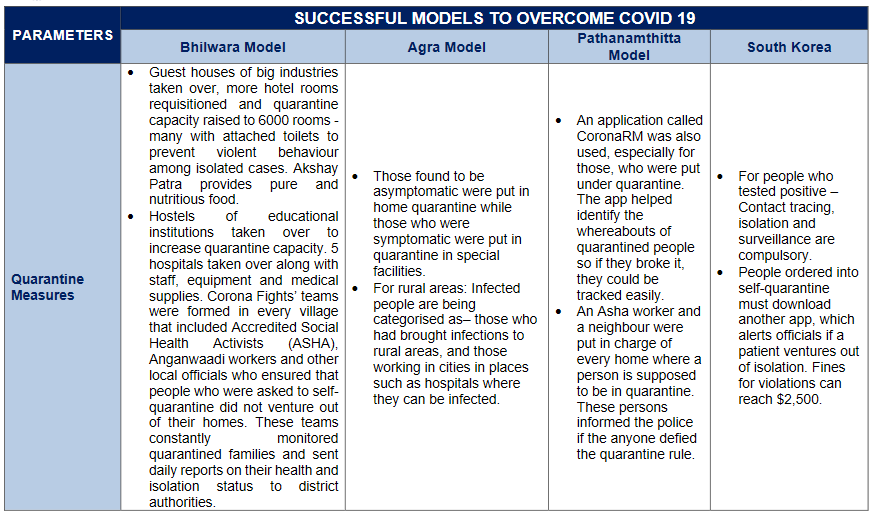Blogs at Consocia
Progress and nature can grow together – this is the new story that needs to be told
As communicators, the stories about community engagement and CSR need to have a different narrative. Unlike corporate stories, they need more EQ than IQ. These stories have to be more experiential. I have been lucky to have held operational roles along with my communications and external affairs assignments. I am sharing my experiences and I hope it is useful for my fraternity colleagues.
‘East is east and west is west and never the twain shall meet’ said, Rudyard Kipling beautifully expressing how difficult it is to bring opposing viewpoints together. There are strong opposing views among most people when we discuss what kind of approach business and development need to take. Many say that there should be an ‘environment first’ approach while others say that ‘development and business first’ is what is required. In my career, I have had myriad opportunities to witness firsthand the difference that can be made via interventions focused on the environment and I would like to share some of my experiences that show how an environment friendly approach creates a win-win situation.*
My fondest and most nostalgic memories are inextricably connected with mango trees and my grandmother. I was born in Ferozpur and my grandmother was one of the strongest influences of my childhood. It was from her that I learnt to love trees and the environment. I remember to this day, when she held my hand and led me to plant my first sapling. Later, she used to take me back to make me water and care for the plant. That summer, at the age of three I came to know how the genesis of a mighty tree can be a seed, small enough to fit into the palm of a child. As a child, when I was growing up, I grew to cherish the motto of our school “Vasudhaiva Kutumbakam”(the world is one family). If we try to understand this age old gem of wisdom now in the context of the 20th century, we see that it is a rallying cry to regard the environment as an intrinsic part of our lives, and also that cherishing the planet is one of the highest of virtues.
As I grew up, while I continued to cherish the virtues of protecting the environment, I got few chances to make my mark. Finally, when I joined Coca-Cola in 2005 the company gave me the task on Water Management in the community and other community related initiatives which became my passion.
My fondest memory is when I got called “Mr. Rainwater Harvesting” by the then Chief Minister of Delhi, the late Mrs. Shiela Dixit when I was celebrating the World Environment Day. Later, I also had a chance to kick start a PET bottle recycling project. With goals such as water replenishment, enhancing water recycling, corporates today have done a lot of efforts to conserve water, increase afforestation and ensure the Waste Management programmes are a part and parcel of the company.
Later in 2010, I was inspired by Latika Thukral, Founder of Iamgurgaon and her ideal of planting a million trees. Collectively, my company and other corporates in Gurgaon supported a nursery towards growing a million trees, most of them in the 600 acre biodiversity park. As I was driving past the Biodiversity Park yesterday, I checked to see if the many trees I planted were still standing there. It was a matter of great pride and pleasure for me, when I saw that almost all had flourished and were standing tall and proud.
Innovation and progress in society today have come at a great cost to the environment. The pandemic has shown us that we are all interconnected. Protecting the environment is protecting ourselves. Recently, a member of the condominium where I stay, told me that monkeys were becoming regular intruders in our buildings. I responded that our simian friends were the original inhabitants of the land, and this land had once belonged to them. As the philosophical saying goes, let us protect the environment ‘tan se, man se and dhan se’ – with body, mind and money. This is the only way we can leave a better world for our children.

